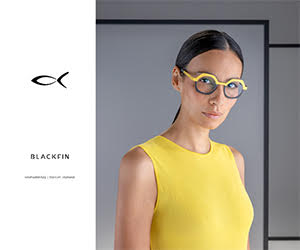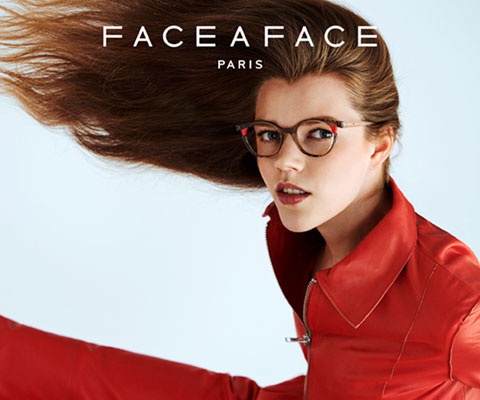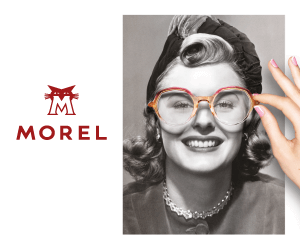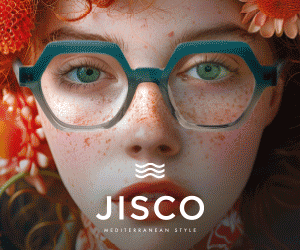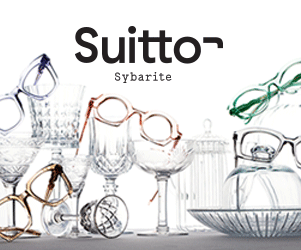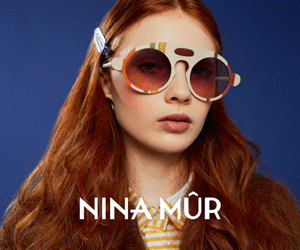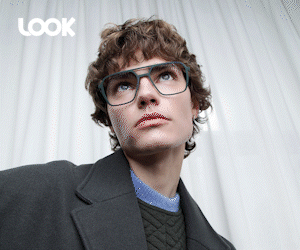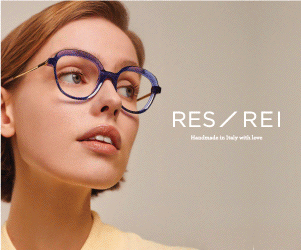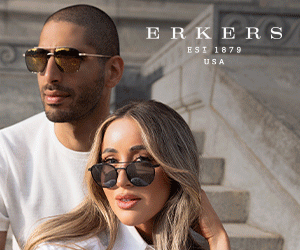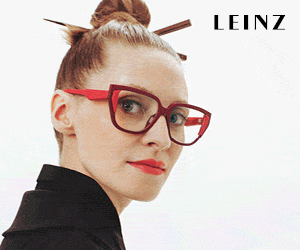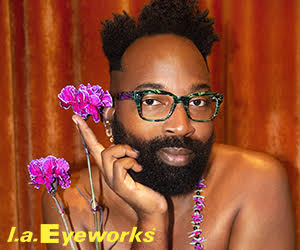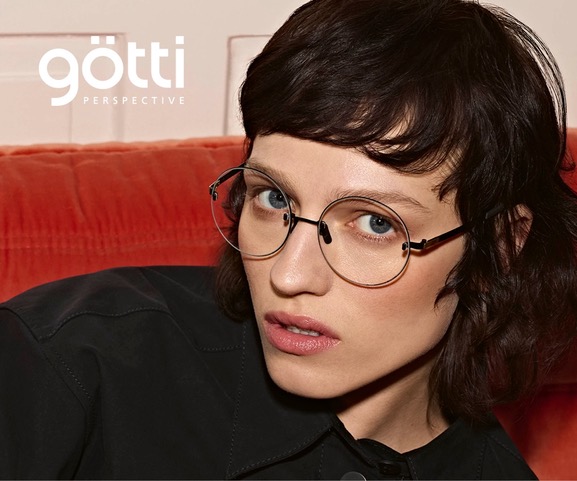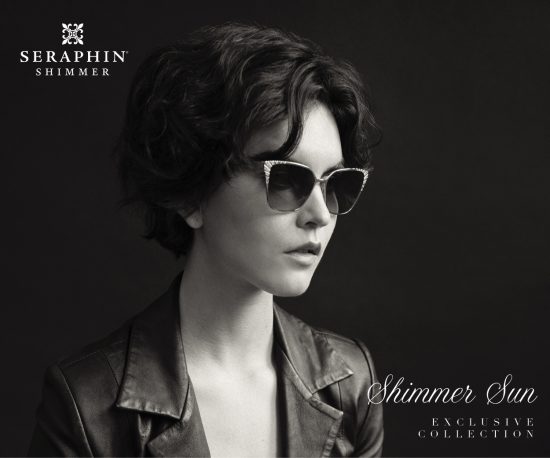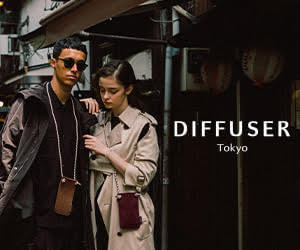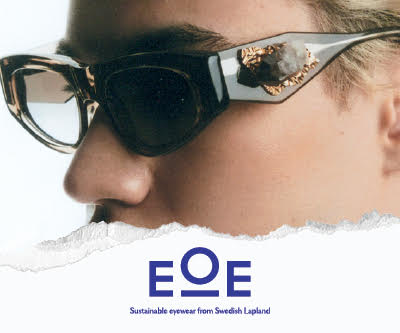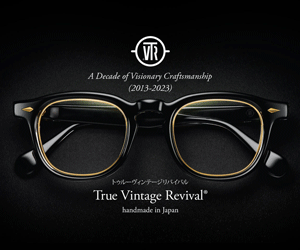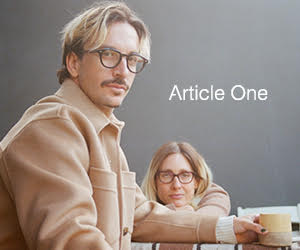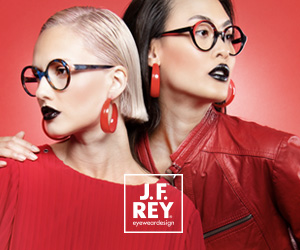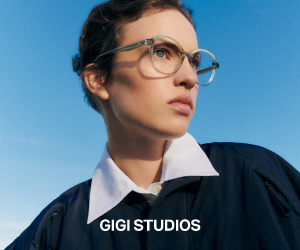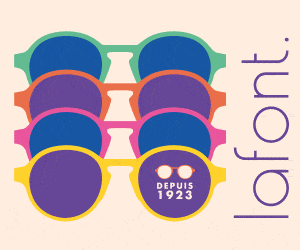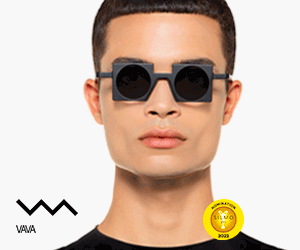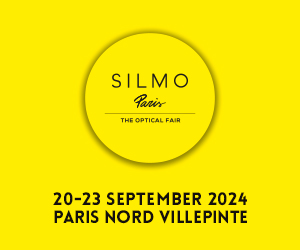Eyestylist Exclusive – The concept of ‘the modern day gentleman’ is more prominent and notable in today’s world than ever before – in an era where everyone’s aesthetic, style and bank-balance is up for scrutiny via social media and with the invention of globally platformed reality TV shows, the word ‘gentleman’ and its connotations today strive far from their original aristocratic origins. Cue Roveri Eyewear – an independent brand that embodies the classic, reserved, vintage aspects of an original ‘gentleman’ whilst being in keeping with the consistently on-trend, bold and ambitious traits of ‘the modern day gentleman’ we admire today. Roveri uses quality materials combined with elegant, striking design to produce a line of eyewear with the finesse of the luxury cars the brand’s creator is inspired by.
The luxury automotive business is a niche sector to say the least – what first ignited your love for cars in general, or was it more of a lucrative business temptation? My passion for cars began when I was 14. In Italy, we all used to ride mopeds around town with groups of friends. When I got my first car at the age of 18, I started going to many different car shows and dreamt of more expensive, luxury cars. It’s when I moved to Turin in 2009 to attend a car design school founded by Giugiaro that I started to appreciate the art and science behind cars.

I’m definitely more of a design person rather than a mechanical one, and it was during those 3 years of school that really started getting interested in this new type of material called carbon fibre – widely used in racing cars manufacturing. Nowadays, we can see this material used in many different car brands for their top of the range models, but until just a few years ago, it was way too expensive and time-consuming to be used in the production of cars. After school, I was accepted at Ferrari in Maranello for a six-month internship. It was here that I started working with really expensive vehicles and cultivated a passion for cars that only a small percentage of people can afford.
Automotive car brands like Ferrari and aspects of that industry like F1 have been an inspiration and aesthetic for so many within the fashion industry – were you always interested in style and dressing well, or did that grow from its association with luxury cars? I was born in Northern Italy and I moved to California in 2015. I had always been inspired by hip-hop culture and eagerly followed the streetwear style movement – when I was in school people used to make fun of my skate shoes; no one in Italy knew what they were at the time.
I used to buy shoes and hoodies from stores across the U.S.A and have them shipped to me in Italy for many years, keeping on top of the new streetwear trends. I had never really paid attention to the classic Italian dress style since everybody used to wear the same ”fancy” clothes in the streets of Milan or Bergamo, cities famous for their fashion-conscious populations.
When I moved to California, my views on fashion were totally transformed. I now pay more attention to the Italian way of dressing; it is elegant, sophisticated and less mainstream – and it is not that common here in California. For me it’s not about the brand of the clothing or accessories I am wearing, but its more about the style I portray. On reflection – I suppose I was dressing like an American while living in Italy, and more like an Italian now that I’m in America!

Watches are a staple in a gentleman’s wardrobe – they are symbolic of many things including style, taste and success – an accessory that has also been linked to sporting and one that has evolved alongside those sports. What made you aware that sunglasses were the next high-end gentleman’s product to fill a gap in the market? I had been following different eyewear brands, and I loved the idea that small and independent labels are beginning to dominate the high-end market of luxury eyewear. Most people think that luxury sunglasses are limited to ‘big name’ brands – without even knowing that there is another world out there for luxury eyewear. The niche luxury eyewear brands and their high-end manufacturers use premium materials such as titanium and gold; the same materials used for luxury watches. Nowadays luxury watchmakers like Audemars Piguet, Panerai, Richard Mille and others are adopting forged and machined carbon fibre for their watch cases, and I thought that this type of material could have a nice fit in the eyewear market.
So far some brands have used carbon fibre for their frames, but the carbon used is laminated on a mould and has the same ”fabric” effect as the carbon used in cars and boats. The new way of machining the carbon from a block ( the same method used by those luxury watch brands) is a totally different way to approach this high-tech material. The machining process is more intensive, expensive, and time-consuming, but it results in an end product – be it a watch or a glasses frame – with a totally different look that replicates the pattern of Italian marble.
Roveri Eyewear is the only brand offering eyewear with this new type of carbon fibre manufacturing; we intend to keep releasing new frames with different combinations of engineered, forged and machined carbon fibre paired with other high-tech materials such as beta titanium and gold.
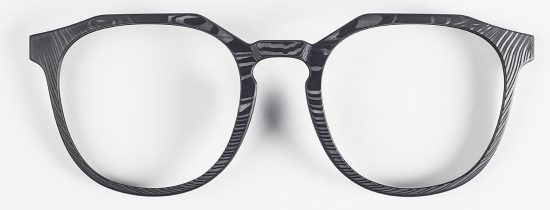
Why was the decision made for Roveri as a brand to market solely towards not just men but ‘gentlemen’ ? Would you say there is a gap in the market to equip the gentleman of today? Yes, I think there is a huge gap between people who just follow trends, and those who go deeper and decide to buy and wear different brands outside the mass market. This is relevant for any type of purchase; from a car to a watch, from a leather jacket to a pair of sunglasses.
At Roveri we cater to people who don’t buy a pair of sunglasses simply because they see someone they follow on social media wearing them, but because they appreciate the workmanship, the diligent and thorough process of how our sunglasses are made, and value a pair of sunglasses just like they would value a nice car or an expensive watch. (more…)

